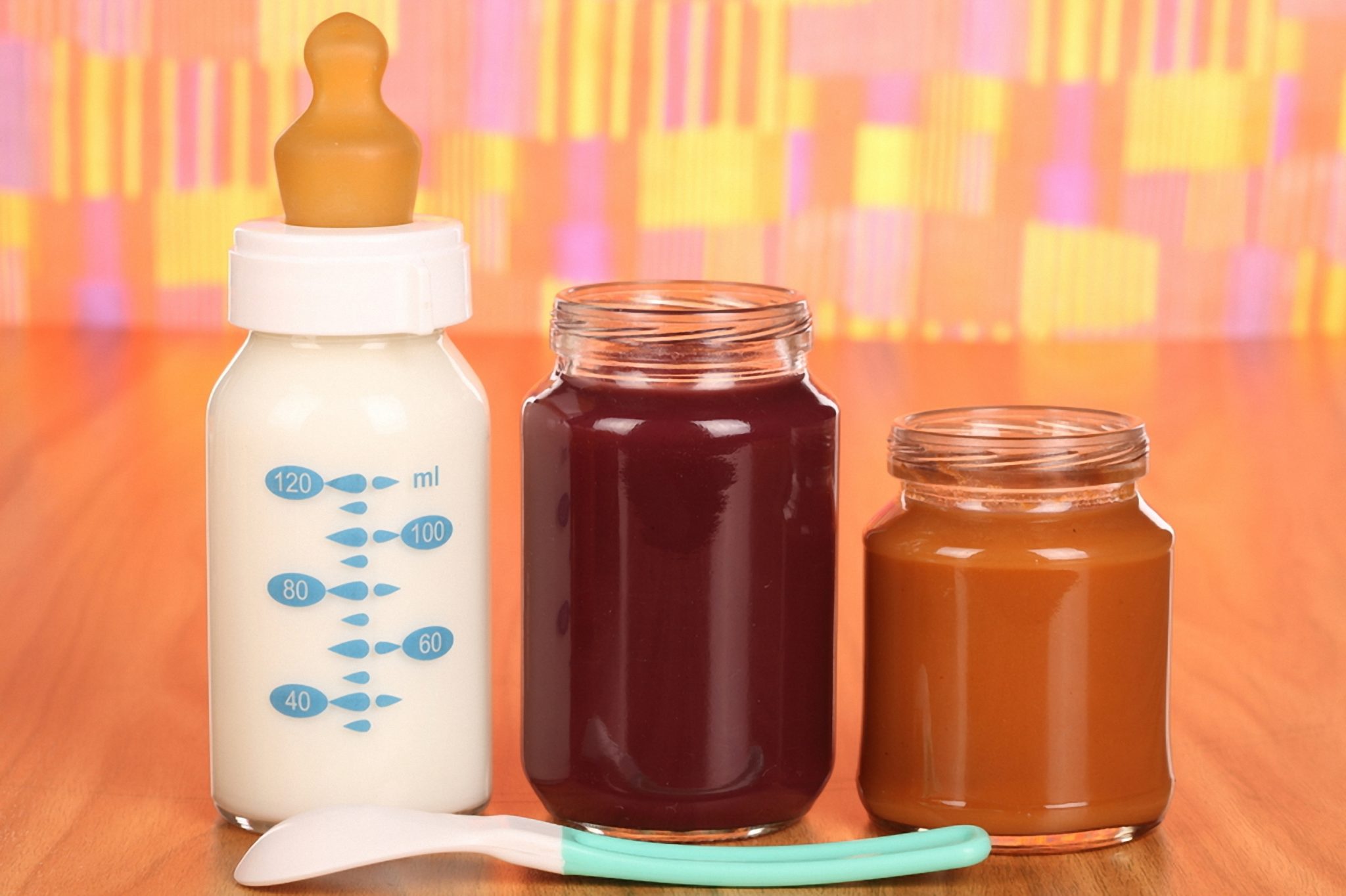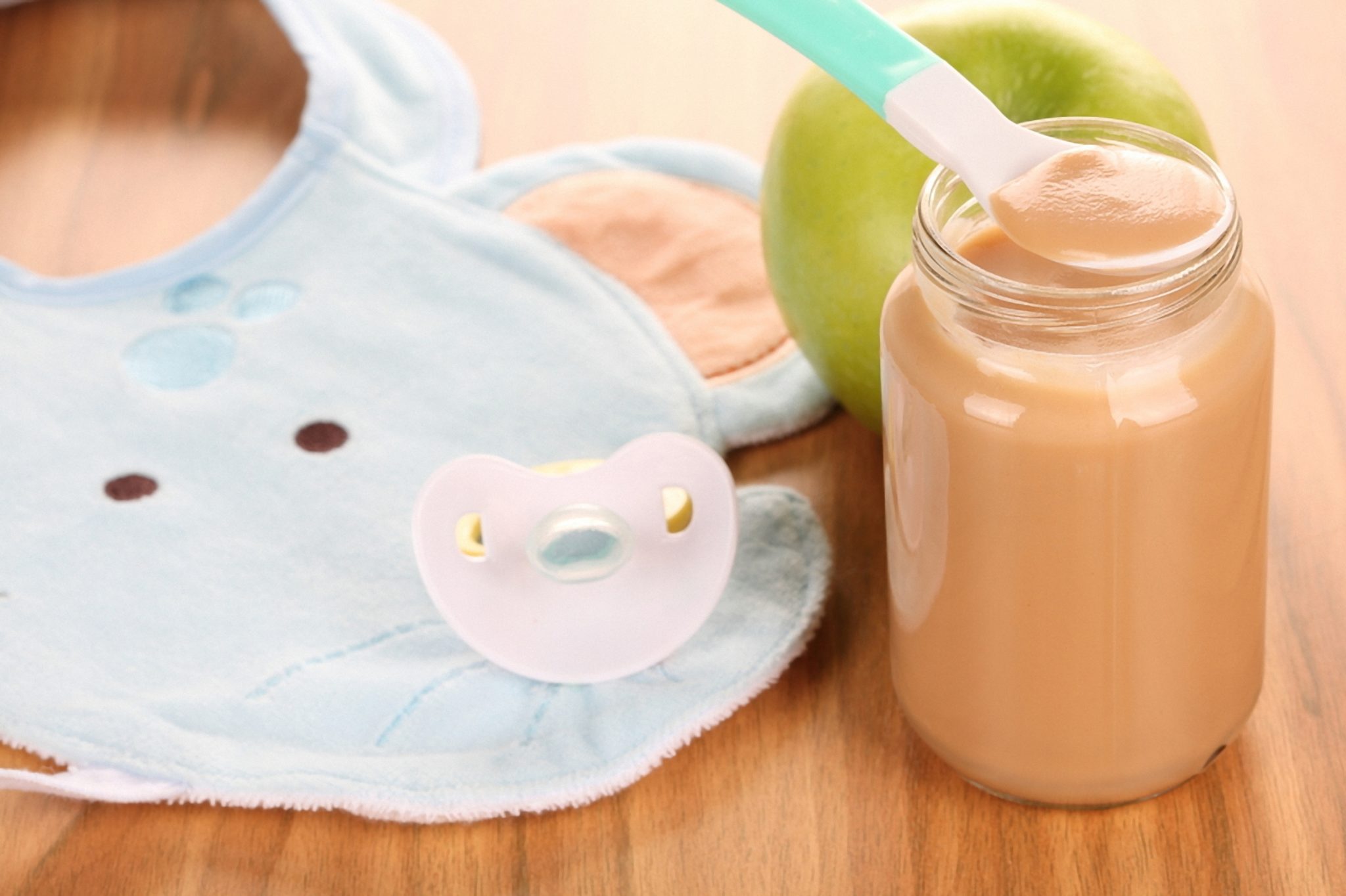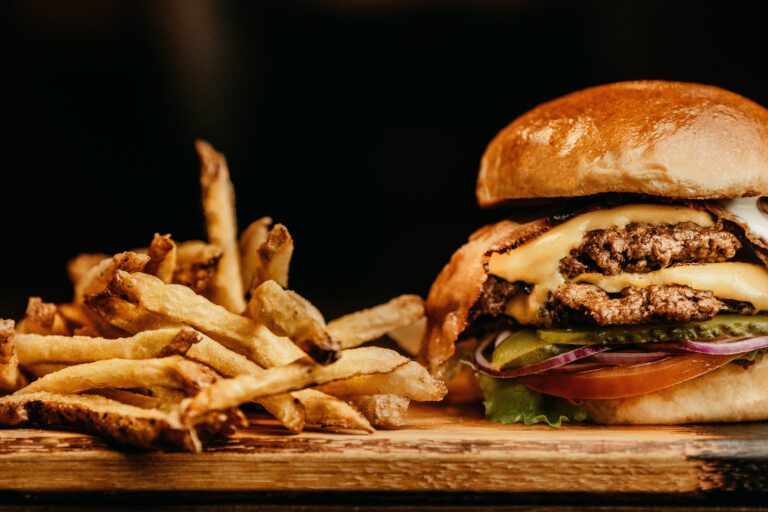Chinese Baby Food
Many Chinese parents are unaware of the correct foods to feed their babies, the baby food market in China is evolving rapidly. The World Health Organization (WHO) provides recommendations on how to feed babies. WHO state that it is best to breastfeed babies between 0 and 6 months old. For babies between 6 months and 3 years old, it is recommended to feed them food supplements. However, Chinese babies between 0 and 6 months often consume both breast milk and formula powdered milk, whilst babies between 6 months and 3 years old consume formula powdered milk and homemade baby food supplements. This shows that Chinese babies accept artificial food earlier in comparison to most other Western societies. The majority of Chinese baby foods are homemade as there are not many commercially produced baby foods products in the Chinese market. Therefore, there is significant potential for the market to develop in China, even if it remains a complex market.
The rise of the Baby Food Market in China
Chinese infant formula consumption is much higher than most countries in the world. Indeed, the prices paid for milk inside China, whether fresh milk or powder, are higher than the world average, due to the pressure of a demand that the country can’t satisfy alone. A second cause is the fact that, right after China opened up, brands heavily promoted infant formula, and Chinese mothers tend to think that infant formula was better than breast milk. Which is obviously not the case, and as a consequence, the Chinese government has been restricting the promotion and advertisement of it over the last few years.
China is a huge potential market for commercially produced baby food. Since the relaxation of the “One Child Policy”, families have been growing to have more than one child. In 2014, the birth rate in China raised by 1.237%. There were 16.87 million new births in China in 2014, and there are 40 million babies aged between 6 months and 3 years. According to our Market research on this field, we estimate that if one baby consumes 100g baby food supplements per day, the Chinese baby food market scale would be more than ¥80 billion. The current baby food supplements market, however, is only at ¥7 billion. Our statistics show that the market scale of formula powdered milk is bigger than ¥60 billion, and in 2013 there were already 128 baby powered milk manufacturers producing more than 700,000 tons of products. This year, in October 2015, the “One Child Policy” has just been abandoned, allowing all Chinese couples to have two children for the first time in more than three decades.
A lot of small local manufacturers could sell their products but the Chinese government is now working on this to dismiss those small companies, which usually do not comply with the rules with the sanitary issues etc. In the near future, the aim of the government for the infant formula market is to create top domestic players, which will enhance the competition.
Adoption of Western Baby Food
Chinese parents prefer foreign formula powdered milk over domestic. As published on our website, the top 10 brands of formula powdered milk in China are all imported from overseas. Young shoppers are willing to pay double for foreign-branded infant formula. When Chinese parents select baby food products, they tend to learn more information through sources such as search engines (60%), store visits (50%), social media (46%), professional websites (43%) and discussion forums (42%). Since the reputation of Chinese powdered milk manufacturers has been severely tarnished, the imported products are more popular. The sales channels have fierce competition, and online sales are higher than offline markets.
The rise of Online sales
Despite the fact that the sales of offline formula powdered milk were still about 11 times the amount of online sales from September 2013 to September 2014. Those figures are rapidly changing. The reasons Chinese parents choose online channels over offline channels include saving time (60%), delivery services (54%), and lower prices (47%). Platforms such as Taobao and Jingdong, as early as in 2013, began focusing on maternal and infant products. The competitions between online sales platforms will become fiercer as technology advances and sales and distribution channels improve.
Perhaps the best way to describe this market in the first half of 2015 is “price war”. A lot of big companies such as Wahaha, Evergrande group, and Bosses, have entered the baby food market, which led to the current actual production capacity to rapidly grow to 1.5 million tons of product. However, the actual consumer demand remains at 600,000 tons, creating a significant excess of inventories. Over the next 2-3 years, small brands will be delisted or acquired, and the competition amongst larger brands will increase.
Increasing Disposable Income in China
As long as producers make improvements according to actual demand, there will still be many new opportunities in the baby food industry. The government work report in 2015 showed that people’s living standards improved, and the national per capita disposable income grew by 8% in real terms – faster than economic growth. Rural residents’ per capita disposable income grew by 9.2% in real terms, a figure higher than the urban residents’ income growth, and a reduction in rural poverty by 12.32 million people. This suggests that Chinese consumers’ spending power and consumption level is also in constant ascension. Under the positive role of the environment, the infants and young children market’s consumption is bound to rise. Children are one of the most important aspects of the family. In recent years, most Chinese households had a 4-2-1 problem (four grandparents, two parents, and the only child under the One Child Policy), children have become the core focus of a family, occupying the vast majority of ordinary household spending.
According to the Statista’s graphic, Urban families with infants and young children’s consumption in 2013 and 2016 will continue to maintain rapid growth, and has reached 28,844 RMB in 2014. The compound annual growth rate is expected to remain at around 12.7%. The producers should control the quality of the baby food, as the most important thing to Chinese consumers is food safety. Simplifying the enterprises internal processes and reducing the management levels could save costs, and increasing efforts on improving market reaction speed. For the domestic market, discounts seem to have been the most effective marketing tool. But as people’s consumption ability enhances, and food safety awareness increases, irrational discounts and price wars seem to be failures. As long as the manufacturers follow market trends, the Chinese baby food market will continue to grow.
The end of the one-child policy: a better tomorrow for the market?
When the Chinese government ended the one-child policy, it led many to believe that the Chinese population would take advantage of it, and that soon, having two children would be the norm in China. However, due to the heavy costs of raising a child in China, and the development of the contraceptive market, China has not seen its birth rate rise as high as the brands hoped. But China still holds its promises for now, with a population still steadily rising and an increased income, spent on children and their good health.
We hope you enjoyed reading this article, and have gained more of an insight about the baby food market in China. If you would like to learn more about this topic or to get more information on another market in China, we, the Daxue Consulting team, are happy to answer any inquiries. Contact us at dx@daxueconsulting.com & Click here to to know more about the Chinese demographics.
Follow us on Twitter to know more about the Chinese market:
Changing #consumer preferences are reshaping the #icecream industry in China https://t.co/LexL9PGr9f @CarvelIceCream pic.twitter.com/0lxhf1dLjn
— Daxue Consulting (@DaxueConsulting) August 17, 2017






